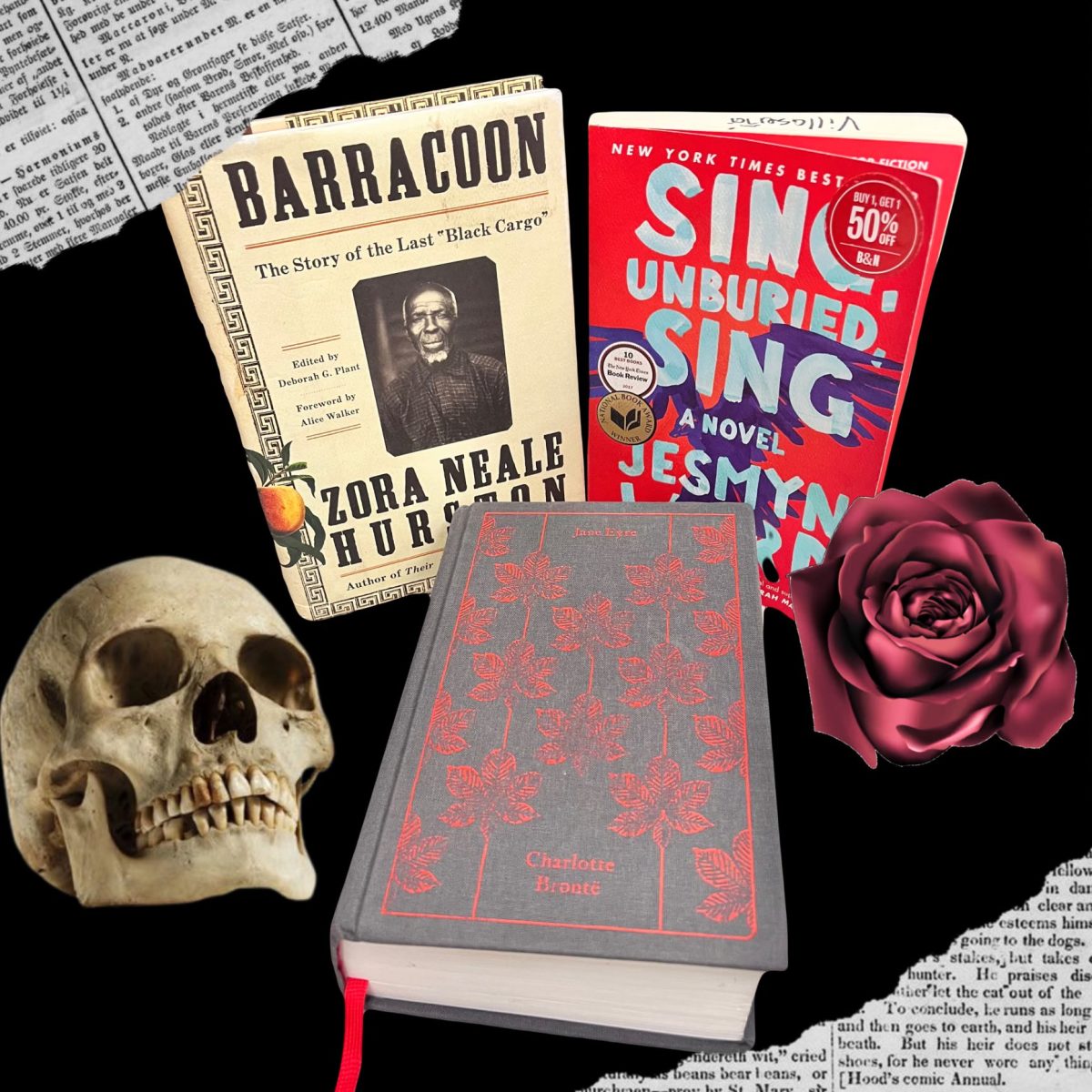Several months ago, I had a conversation with one of my family members in which we discussed the several movies, TV shows, and books that we had recently watched and our initial thoughts after finishing them.
They explained how they recently just watched Stephen King’s 1980 book adaptation “The Shining”, and enjoyed the psychological horror that the movie has been critically hailed for. Following this, I mentioned how I had just watched “Beloved”, a book adaptation written by Toni Morrison that was released in 1998 following a Black American family in the post-Civil War U.S.
In response, a family member replied with how they couldn’t stomach the sexual, physical, and racial abuse and violence that the movie presents. They added that the movie was filled with horror scenes of Black people being treated as subhuman and they found it unwatchable.
While I somewhat agreed with this family member, I began to question how they were able to watch and enjoy a psychological thriller like “The Shining”, but turned away from a movie surrounding true and vivid depictions of violence that Black Americans faced during the abolition of slavery.
Both “Beloved” and “The Shining” contain supernatural gothic elements of ghosts and sublime environments that affect both novels and films.
Despite this, “Beloved” has never become a supplemented piece of gothic literature since its release.
I soon realized that reactions to “Beloved” and its depictions of violence are different from reactions to “The Shining” because the violence and horror produced in the film and book is the reality.
Torture, violence, and a given “inferior” status span the history of Black life in America that persists to this day. While the institution of slavery in America has been abolished for over a century, the impacts and lingering effects that it had on not only the well-being of Black Americans but also their psychological state still reside and influence our daily lives.
I began to revisit some of the books I read by Toni Morrison, Zora Neal Hurston, and more recently by Jesmyn Ward, who are all black women writers who have emerged to acclaim in the twentieth and twenty-first century for the detailed explorations of black womanhood in America. Ward, acclaimed author of “Salvage the Bones” and “Sing, Unburied Sing”, wrote in her novel, “We salvage the bones of our lives every day, through small tragedies and big tragedies.”
The books written by these women contain some sort of obvious depiction of gothic motifs and themes that put them the same statue of gothic literature staples such as “Jane Eyre”, but have not fully been accepted by the mass media as gothic media.
I began to question why pieces of literature and media that center around storylines that center on Black Americans and involve gothic staples such as themes surrounding supernatural phenomenons, generation trauma, death, and a historical setting, are not nationally or traditionally recognized as gothic.
Despite this, Black Americans but more primarily black women, have found an integral place in the gothic genre. Black female authors have created a new branch of the gothic genre that reflects the ghost of slavery and racial violence that has haunted Black Americans and their place within the American racial hierarchy.
Black American gothic literature subverts the traditional gothic settings, such as replacing the staple trope of a dark and looming castle in gray-covered skies within a cold environment with decaying plantations that lay in green fields of cotton or indigo fields and vast humid swamps, reflecting the American South.
While Black American gothic literature does depict heavy trauma and the real violence Black Americans have endured, it also embodies and embraces a feeling of lightness or joy that comes with being Black American with the constant use of water to express the spiritual and ancestral journey that we have endured.
Since I was little, I have always been drawn to the horror and fantastical elements that gothic media holds.
People who have been marginalized whether it be because of their race or sexual orientation have always been relegated to the dark corners of society.
Black American gothic literature fosters a multitude of feelings and my connection to my ancestors. It provides a space filled with rage and heartbreak and the multitude of obstacles that we have historically and presently endured, but also love, kinship, and a continuing push for resistance.

